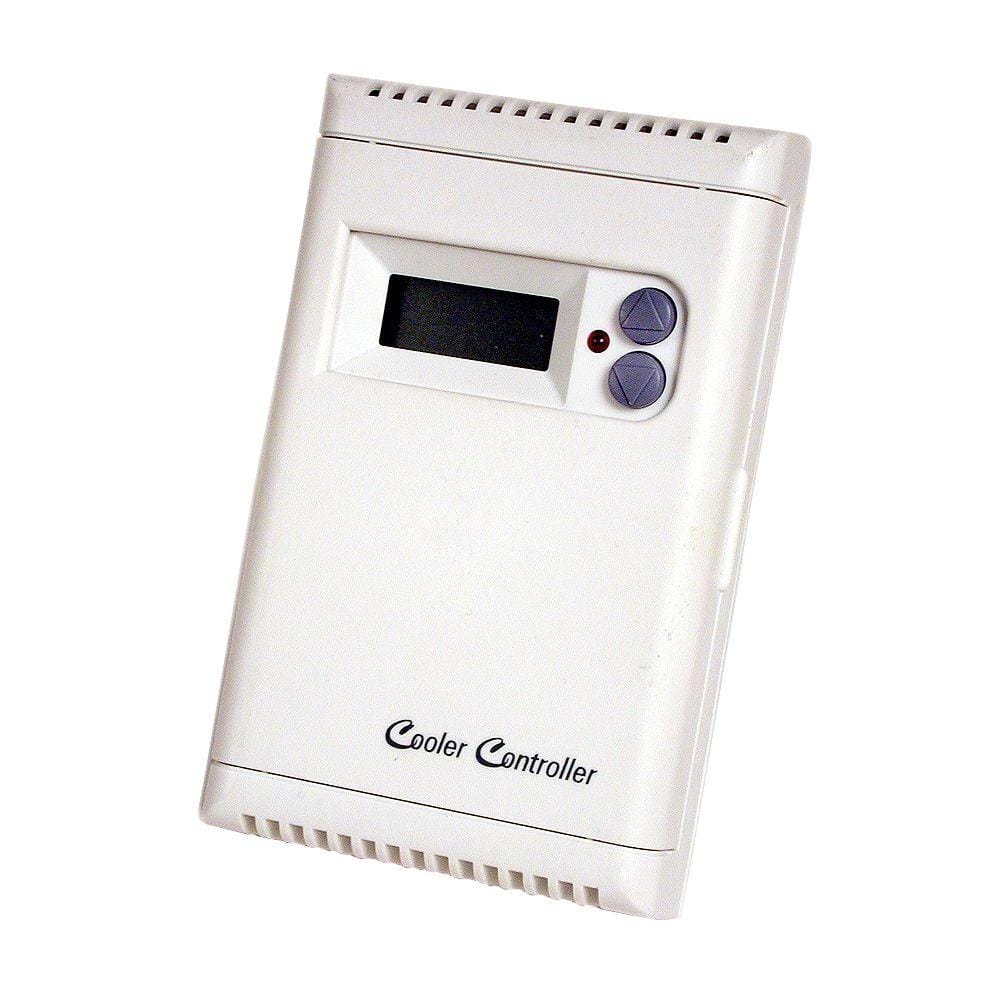Robkh
New Member
Outdoors I set up a shed with EG4 6500 EX48 with one EG4 Lifepower 48V battery to run LED lights on my gazebo, internet, chargers and occasionally use it to power shop vacs, etc.
Problem is that the maximum operating temperature of the EG4 EX48 is 104degrees F and I live in Phoenix where the temperatures have been 115+ degrees - as a result Fault 02 is seen and the inverter shuts down.
Signature Solar reminded me that the EG4 EX48 is not an outdoor rated inverter.
Question:
What would you recommend as a 48V “outdoor rated“ inverter that can tolerate a higher operating temperature - only need a minimum of 2500W-3000W output.
I heard Renogy has a 48V 3500W inverter that has a maximum operating temperature of 131 degrees F.
Problem is that the maximum operating temperature of the EG4 EX48 is 104degrees F and I live in Phoenix where the temperatures have been 115+ degrees - as a result Fault 02 is seen and the inverter shuts down.
Signature Solar reminded me that the EG4 EX48 is not an outdoor rated inverter.
Question:
What would you recommend as a 48V “outdoor rated“ inverter that can tolerate a higher operating temperature - only need a minimum of 2500W-3000W output.
I heard Renogy has a 48V 3500W inverter that has a maximum operating temperature of 131 degrees F.









